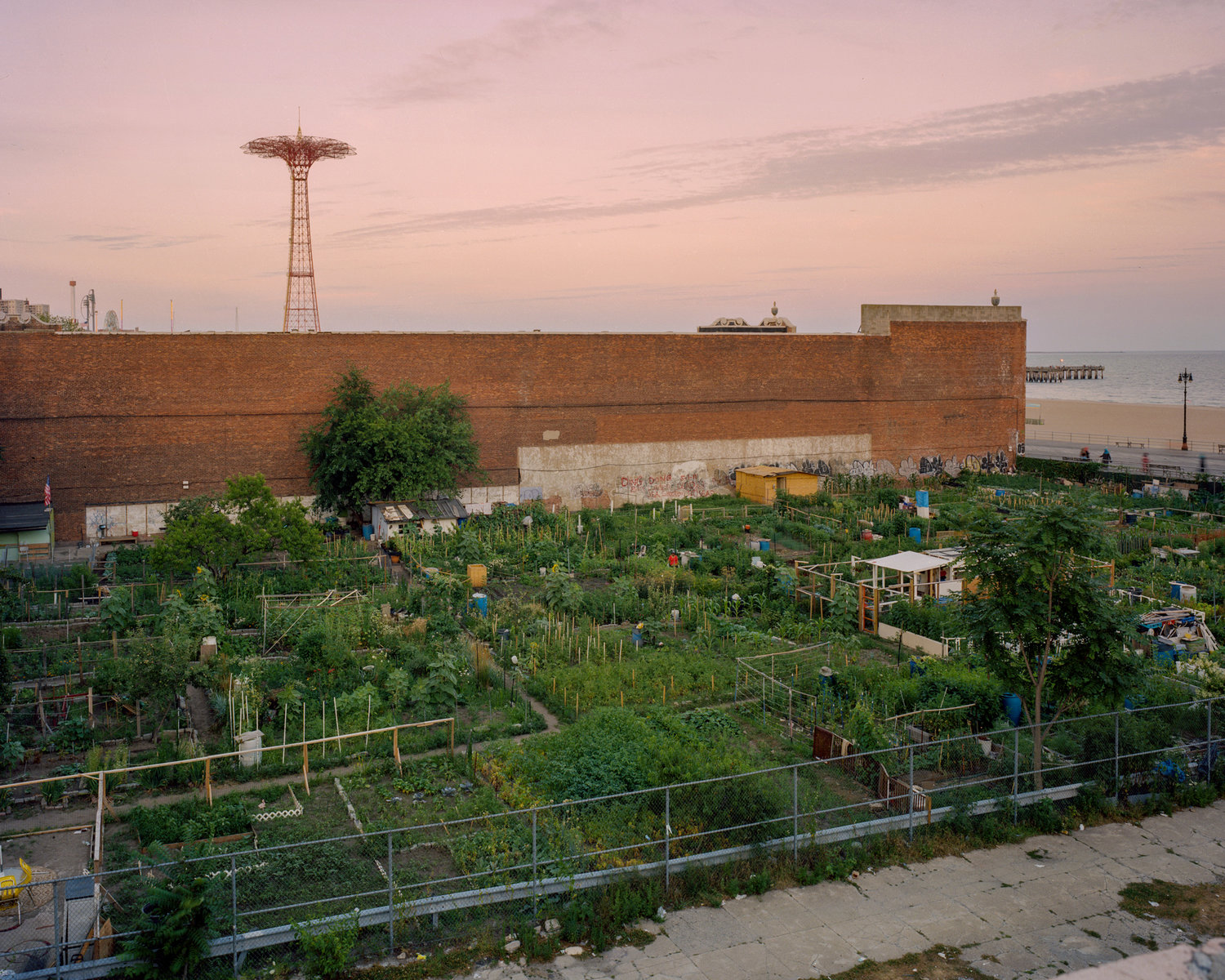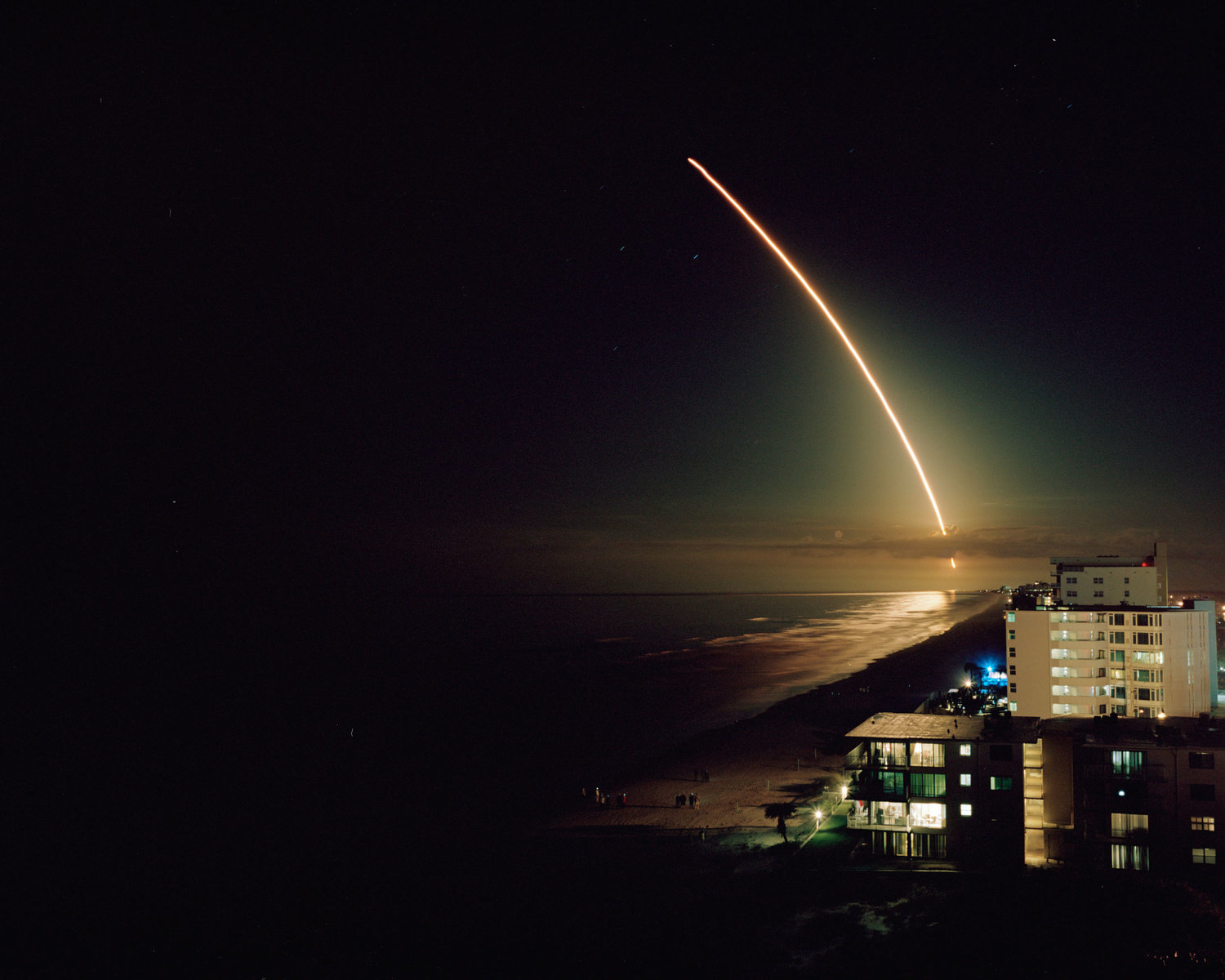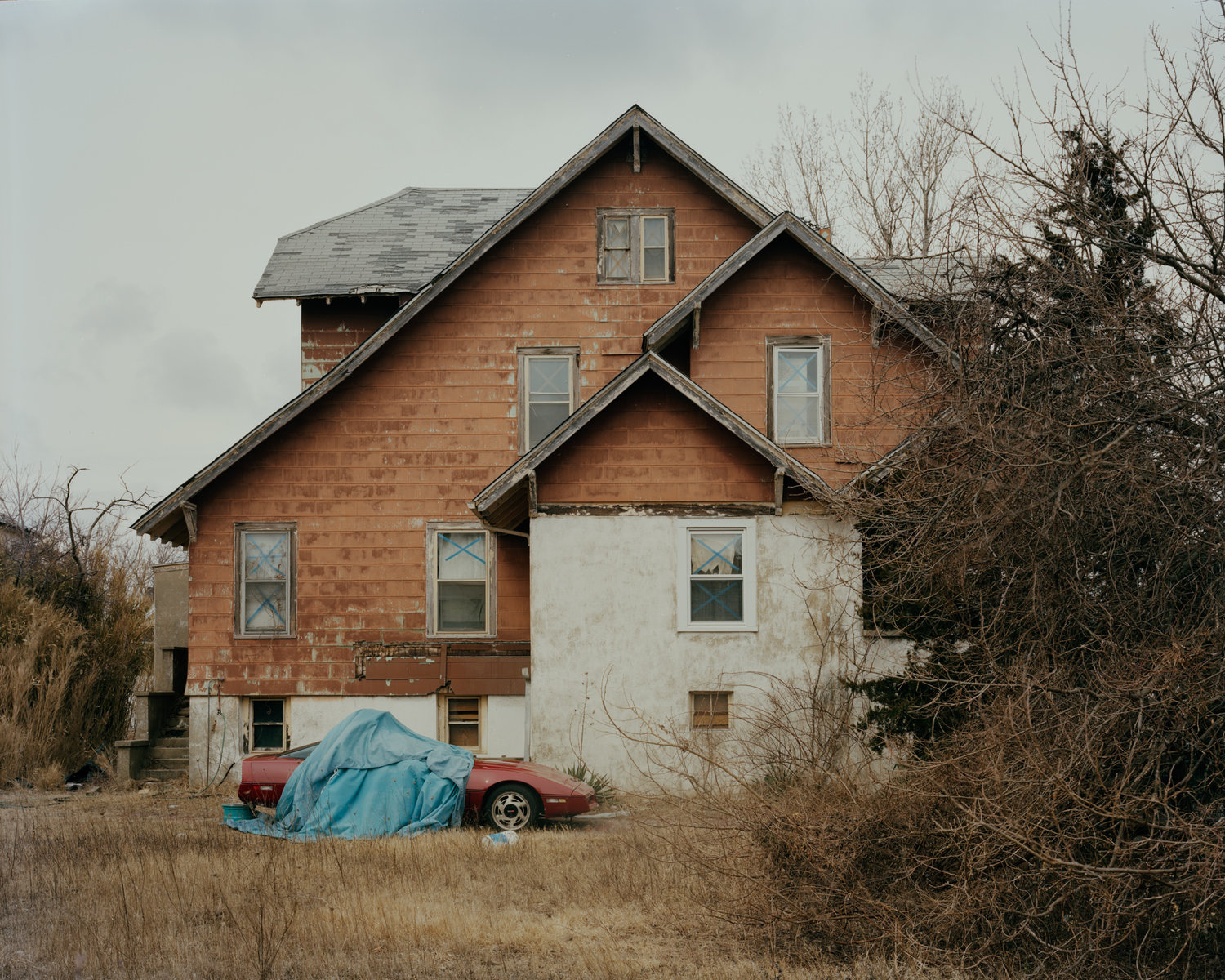Rob Stephenson is a New York based photographer living in Brooklyn with his wife and two kids, whose work has been exhibited at numerous galleries and museums in the US. He is interested in architecture, the urban environment and in the everyday beauty that surrounds us, subjects that regularly play a part in his series.
What got you into photography and what did you capture in your first pictures?
I studied music and played in bands when I was younger and initially gravitated towards taking pictures of bands and musicians. At the same time, I usually had a small camera on me during the day and would take pictures of my surroundings.
How have you evolved from those and why do you photograph today?
Those early pictures were really just a way for me to get comfortable with a camera and to take advantage of the access I had. Photography didn’t really crystallize for me until I started working with a view camera. Most of the photographers I admired at the time were working or had worked with a view camera so I figured I should be doing that too. Of course the tools are ultimately only a means to an end, but at the time it was a big shift and solidified a more deliberative approach to making pictures.
Your work has an environmental approach, is it something you’ve had always in you?
I think the switch to large format coincided with an interest in shooting primarily landscapes and architecture as the camera really lends itself to that kind of work.
Your amazing series Myth of the Near Future deals with the decline of the Space Coast of Florida, looking at the impact on the communities in this region after the closing of the Space Shuttle program. How did you come to this project?
That project materialized through an article I read in the paper about the town of Titusville and the significant changes it was expected to go through when the Shuttle program closed down. At the same time I was reading a collection of JG Ballard short stories (Myths of the Near Future) and I found his vision of Cocoa Beach in the years after the closing of the Apollo program compelling. The combination of those inspirations along with the need to change things up and get out of my immediate surrounding led to the project.
What did you expect when shooting this place, and what did you find?
I honestly had no idea what to expect going into it. I went with a vague idea of what things I hoped to photograph. I imagined the whole place to be a sort of faded testament to the space age. What I didn’t realize was the extent to which the area is still a thriving hub of space technology. The majority of the satellites that are launched into space from the US originate from the Space Coast and dozens of unmanned rockets are launched every year.
“Rather than tell a specific story I want the series to elicit more of a feeling”.
At the same time, the jobs and the culture that the Shuttle program engendered are gone probably forever and the economy has suffered as a result. There were signs everywhere of a more optimistic past and a regional identity that had been shaped in large part by the past successes of the space program. I found that the ramshackle motels and rusting space infrastructure of Ballard’s prose actually did exist. I also was surprised to discover the beautiful unspoiled landscape surrounding the space center. The stark contrast between the rockets launching into space and this vast wilderness, full of alligators, bald eagles and dense vegetation, was something I was really drawn to.
Tell us about the most significant photograph of this series.
I can’t really single one image as the most significant. I think the images really work best in concert with one another. One of the main themes I was thinking about while shooting was the idea of a nostalgia for the future. Rather than tell a specific story I want the series to elicit more of a feeling.
Your project From Roof to Table (which led to a book) documents the urban agriculture movement in New York City. How did you find and select sites, did you discovered urban-farms in unexpected places?
That project was a result of a grant from the Design Trust for Public Space who were conducting an intensive study on the impact of urban agriculture in New York City. There were several sites that they asked me photograph. The majority of places though were the result of looking at maps and driving around the city boroughs. I noticed that with community gardens, they were often clustered together. I think people, seeing that it was possible to cultivate a garden in the city were then motivated to try the same thing. Also, certain neighborhoods are just less developed (for now) and simply have more empty plots to start a garden. I think the most dramatic and decidedly urban feeling farms are the rooftop farms. Many of the community gardens don’t have anything that really differentiates them from a vegetable patch in the suburbs, but the rooftop gardens are these elevated spaces, surrounded by larger buildings and they feel in many ways futuristic and very urban.

Among the people you met, why did they come to urban agriculture, are they simply curious, interested in sustainability, or people in need?
I think the motivations are pretty varied. The larger farms are pretty serious organizations that are producing a huge amount of food. The smaller gardens have a higher density in neighborhoods with less access to fresh produce, so called food deserts. There is a big emphasis on education at both the larger farms and the smaller community gardens which I think is great and bodes well for the continued interest in urban farming.
Your series There Swept Out of the Sea a Song portrays the Rockaways, Queens’ neighborhood. The location is really at the edge of wilderness and urban. Can you describe us this place and its mood?
I started exploring the Rockaways soon after I moved to New York and immediately fell in love with the area. It looked and felt so different from the rest of the city, but still retained a distinctly urban feel. There is a very palpable tension between nature and city, which exists to some extent in all neighborhoods but is much more obvious there. Once solely a summer time destination the Rockaway were converted into a dumping ground for the city residents dispossessed by urban renewal policies of the 1950’s. Large housing projects were built over swaths of undeveloped dunes with little retail or infrastructure to support them. The area, full of swamps and unpaved streets, has a frontier town feel. But it is the sea really that influences everything. The light, the smell and just the overall feeling of the place is dictated by the ocean. Not manifestly urban or wild, it is a place in limbo.
Having worked with Joel Meyerowitz, can you tell us about this experience? what did you learn from him?
Working with Joel was the best education I could’ve gotten. Besides being one of the great photographers, he is so thoughtful and easily able to impart his wisdom. He was always very generous with his time and insight and at the time it was really motivating to learn how he approached making a photograph and a project. I still make scans for Joel and continue to learn from his pictures.
What are your main influences?
My influences are always fluctuating depending on what shows I’ve recently seen or books I’ve read, etc. I feel like over time I’ve gone more from being influenced by specific artists output to being inspired by their practice. So many people, in so many disciplines are creating outstanding work. It’s a bit overwhelming. At the same time it is really motivating to see how people work and approach their projects. One book I’ve really enjoyed lately is Daily Rituals: How Artists Work, which, if you couldn’t guess from the title, is a book of different artists daily routines. Really fascinating and makes me want to take more walks and air baths.
What are your current and futures projects?
I’ve been continuing to shoot in the city, focussing quite a bit on Staten Island. Im at a stage where I am shooting a ton and need to begin to figure out how Im going to shape the project.
Any favorite photo-related website(s)?
Flak, Aint Bad, The Collector Daily and Landscape Stories.
Visit his website for more photographs.




























